1-8-18 Update: Important new data on public health problems emerging with kids in this damaging era of immigration anxiety.
I see this every week when I tutor at Americorps/Reading Partners and walk on the campus as one of a handful of white people…kids literally freeze as if I’m a fed coming to snatch someone. Not comfy.
Glad Newsweek did this feature, but REALLY hope our nation starts seeing what the last year of rookie POTUS chaos has done to our kids, our planet, and our mental and physical health, so we get back to public service and never, ever repeat this grave error. (the latter is an editorial comment, I realize)
1-15-14 Update: Two more impt studies to add, this study via Chicago Policy Review on how African American urban youth respond to life event stress, and this new urban youth lifestyle study mythbusting millennials of color.
Original Post: Mar. 19, 2013 Chug, chug, chug, chug, woo-woo!!!! Shaping Youth is all about trying to find ways to flip the switch and shift the track on what can feel like a runaway train sometimes…
…And like a conductor blowing the whistle to veer off in new directions before the train collides, Dr. Nadine Burke Harris, founder of the exciting new Center for Youth Wellness in San Francisco exemplifies the most hopeful, eye-opening, brain-exploding examples of solutions-based public health interventions I’ve seen in quite awhile.
We’ve all heard the health effects of living in violent communities, or kids obesity fueled by abject poverty, junk food addiction, food insecurity, accessibility and more, but Dr. Nadine Burke Harris who spoke this past week at the Bay Area Discovery Museum lit up the crowd with “what ifs” in scenario planning that point to positive, promising possibilities to shift health outcomes for children mentally and physically, inside and out. (related on ScienceBlogs: The Long Lasting Impact of Childhood Trauma and Ways to Overcome It)
She explained the Adverse Childhood Experience Study (ACES) can be redirected by giving hands on attention in policy and practices that will alter and heal brain plasticity toward healthier outcomes, in the hopes of hopscotching over sick adult manifestations of heart disease, diabetes, emphysema, obesity complications and juvenile justice system encounters by intervening early and often when behaviors start showing up even as young as age 4.
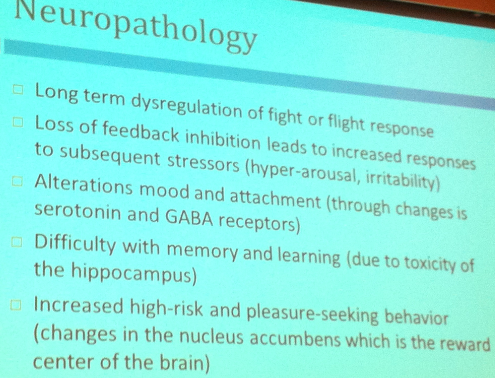 When kids are exposed to “chronic toxic stressors,” (violence in the family, or neighborhood/community as This American Life documented so well in the Harper High School/Chicago youth segment, full transcript here) the adversity activates the ‘fight or flight’ neural pathway that impinges on a wide array of mental and physical outcomes…
When kids are exposed to “chronic toxic stressors,” (violence in the family, or neighborhood/community as This American Life documented so well in the Harper High School/Chicago youth segment, full transcript here) the adversity activates the ‘fight or flight’ neural pathway that impinges on a wide array of mental and physical outcomes…
It’s not just about brain development…
…The entire immune system is impacted…
…The way our genes are regulated…
…Even the way our DNA is transcribed.
I love how she ditches the topsoil to dig to the roots of the problems, particularly with compromised youth, where it’s easy to see the ACE Connections create a web of interlocking data points NOT separate buckets of decentralized health and wellness.
The opportunity for intervention in multiple ways is hard to ignore.
It’s not everyday that I’m rapt and enthralled hearing about little stressed out lab rat pups virtually ignored as offspring showing profound brain impairment fumbling and inhibited in maze discovery tests…
…Only to completely reverse course and respond well to foster rats (replacement surrogates exhibiting more licking and grooming and soothing bonds) that actually alter and correct brain activity to break out of patterned responses…
As Dr. Nadine Burke Harris mentioned in the Forbes article above, if children had “four or more adverse childhood experiences, their odds of having learning or behavior problems in school was 32 times as high as kids who had no adverse childhood experiences.”
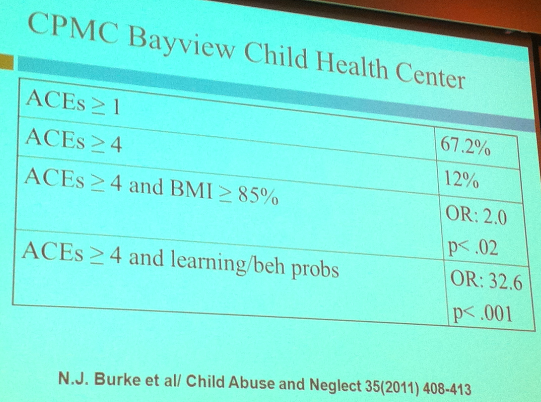 Likewise, you can see in her data presented in the chart at left that obesity and body mass index also had a direct correlation with four or more adverse childhood experiences…and so on.
Likewise, you can see in her data presented in the chart at left that obesity and body mass index also had a direct correlation with four or more adverse childhood experiences…and so on.
This New Yorker feature summed her work with an apt, provocative query
“Can a stressful childhood make you a sick adult?”
The rest of the evening at the Bay Area Discovery Museum answers that question with compelling certainty, yep…it sure as heck can.
What’s the criteria of ACE/Adverse Childhood Experiences?
With headline news about stressors permeating kids’ lives like a perfect storm (whether it’s the obesity dialog, bullying, body image/sexualization, misogyny/rape culture, etc) it’s obvious not all stress is ‘created equal,’ as the ACE model clarifies at left.
You know the butterfly-in-the-stomach angst that comes with media renditions of drama, tension, terror or violence that gets relieved when the scene closes, credits roll and previews from next week fill the screen snapping you out of the storyline and back into your own reality?
Well, with children in homes where there is no ‘fade to black’ on the screen and they’re functioning in an ‘always on’ deluge of that high stress environment, THAT is toxic ACE stress.
Dr. Burke Harris used a bear in the wilderness example:
“Imagine you’re walking in a forest and you see a bear, you have to either run from the bear or fight the bear, but with these kids often times that bear is around the corner is a local drug dealer, or that bear comes home from the bar at night…”
The bear is part of the childrens’ ongoing lives and it has significant biological effects…Makes sense.
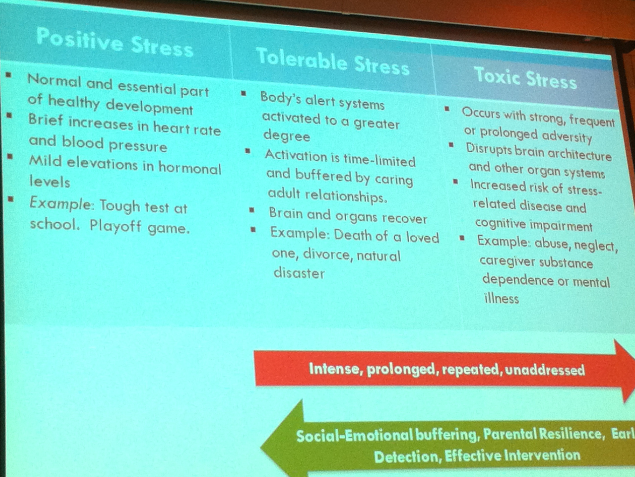 Dr. Burke Harris is upending conventional medical ‘treat the symptom’ thinking and layering ACEs psycho-social issues and brain science into an opportunity for systemic change.
Dr. Burke Harris is upending conventional medical ‘treat the symptom’ thinking and layering ACEs psycho-social issues and brain science into an opportunity for systemic change.
It’s refreshing to see a brain scientist offer factual mental floss to boldly connect the dots with evidence-based analysis to get FAR beyond stereotyped media representations of poverty and race and health disparity to view issues more holistically.
After all, brain science and ACE outcomes are not ‘black and white issues’ even though headlines often plop them into ‘why can’t we solve this’ buckets (e.g. food deserts, welfare, education, etc) without seeing the multiple layers of overlap in the Venn diagram, so to speak.
Admittedly, she ‘had me at hello’ tackling the plight of kids in one of the toughest communities in our San Francisco Bay Area region with ‘AND not OR’ thinking when it comes to cause, corollary, risk, and wellness.
In the “so what?” category of ‘where to go from here’…
This New Yorker article titled “The Poverty Clinic” sums Dr. Burke Harris’ belief that ACE should be handled as a medical issue so we can overhaul how we help treat children’s symptoms ranging from educational lag to asthma:
“In the view of Dr. Burke and the researchers she’s been following, many of the problems that we think of as social issues might be better addressed on the molecular level…
“If these researchers are right, it could be time to reassess the relationship between poverty, child development, and health, and the Bayview clinic may turn out to be a place where a new kind of pediatric medicine is taking its tentative first steps..
“The ACE study correlations between adverse childhood experiences and negative adult outcomes were so powerful that they stunned Vincent J. Felitti and Robert F. Anda, the researchers who had conducted the study. “In many cases, what looks like a social situation is actually a neurochemical situation,” Burke stated.
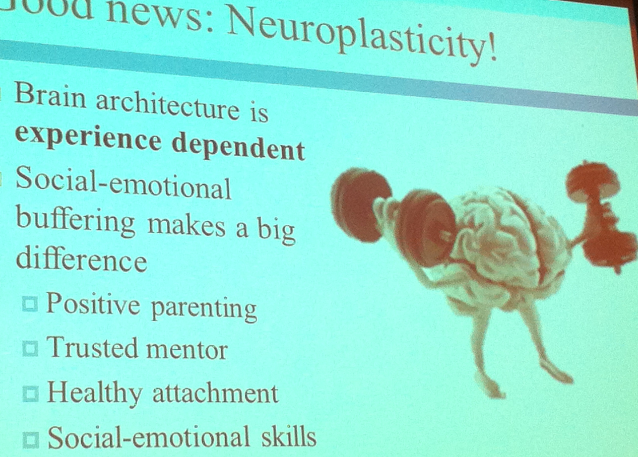 What does this have to do with media and marketing’s impact on kids you ask?
What does this have to do with media and marketing’s impact on kids you ask?
I realize this is more about societal public health, but stay with me for a minute…
…Because I’d add that some of our pop culture propensities have turned into public health issues, desensitizing and reinforcing toxic behaviors so much that the line blurs and confuses to a normative shoulder shrug.
It’s tough enough for ACE households to navigate their own realities without media reinforcing that others live this way too, while kids NOT remotely exposed to ACE are fed a trumped up drama dose of ‘reality TV’ that positions outrageous adversity as entertainment in ‘can you top this’ mode.
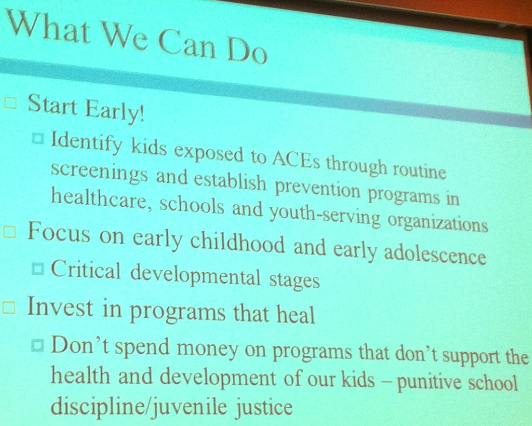 I won’t jump to media content critiques, or why media producers should be pumping out ‘the good stuff’ over sensationalized slop, since that’s self-evident with studies about behavior shifting to less violent TV to change the channel of influence, because this conversation is about ACE in real life, not on ‘reality TV’…
I won’t jump to media content critiques, or why media producers should be pumping out ‘the good stuff’ over sensationalized slop, since that’s self-evident with studies about behavior shifting to less violent TV to change the channel of influence, because this conversation is about ACE in real life, not on ‘reality TV’…
Nonetheless, the neuroplasticity of knowing we have the opportunity to intervene with very young children early on DOES beg the question, as I mentioned in this Lego Friends post asking Lego to “Please Build On Possibility, Brain Plasticity” rather than gender stereotypes…
If we CAN shift the brain track in a more positive direction with health and wellness interventions, why WOULDN’T we consciously do so in media choices too?
It does beg the question, though I realize it’s a separate issue so didn’t start down that path at the event…
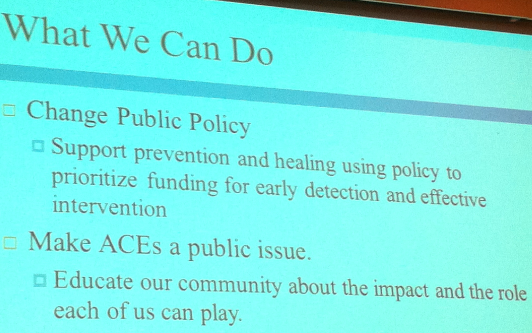 What I actually DID ask Dr. Burke Harris in the session, was what happens when media coverage persists reinforcing the ‘lowest common denominator’ of abhorrent behavior, like the boys joking, taunting, demeaning and violating a compromised 16 year old teen in the Steubenville rape case, not to mention the abysmal media handling of the trial coverage.
What I actually DID ask Dr. Burke Harris in the session, was what happens when media coverage persists reinforcing the ‘lowest common denominator’ of abhorrent behavior, like the boys joking, taunting, demeaning and violating a compromised 16 year old teen in the Steubenville rape case, not to mention the abysmal media handling of the trial coverage.
Specifically, I asked, “What if an ACE child had survived and thrived with resilience based on successful early intervention only to have a later in life episode as an adolescent, such as the Steubenville incident, with its multiple media replays…would it trigger a ‘start all over again’ dynamic from a brain neuroscience standpoint or would the neural path be set and instead trigger more of a PTSD (post-traumatic stress disorder) type of risk response?
Dr. Burke Harris shook her head and answered frankly, “You know? That’s hard to say…I don’t know what I’d call a case like that…other than one big hot mess.”
Honest, unpretentious. And frank. I like that in a ‘shero.’
P.S. I should add that Dr. Burke Harris is also a mom herself with 10 year old twin boys AND a 10 month old baby, which warrants a Super Woman cape in itself, alongside her gazillion accomplishments as a pediatric specialist with umpteen degrees; it’s easy to see why I left last week’s event duly impressed with all.
Visual credits for Post: Lead photo of Dr. Nadine Burke Harris by RobynTwomey taken for 7 X 7 magazine, Rat pups: Tokichu/Tumblr
Black History Month 2013 Local Hero: Dr. Nadine Burke Harris on the physiological effects of childhood adversity. from James Yager on Vimeo.
As you can hear in the videos above, we have reason to consider ACE circumstances treated medically as a ‘reshuffle the deck, redeal the cards’ potential for positive outcomes…
If this research is supported and scaled with hearty intervention tools and tactics, impacted children could literally add years to their lives. It’s a public health issue that weaves an intricate web across many interconnected health and wellness topics…and deserves some massive mindshare.
Special thanks to the Bay Area Discovery Museum for including me in their first ‘Scholars Speak’ event…I’ll be at every one from now on! BADM is known for nurturing childhood creativity programs, often providing extensive outreach to communities with children impacted with ACE. They also recently partnered with the Center for Childhood Creativity and I was honored to attend their event on Resilience and Play with child development pro Dr. Kenneth Ginsburg. (still reading both of his books, hope to interview him soon) Great orgs one and all!
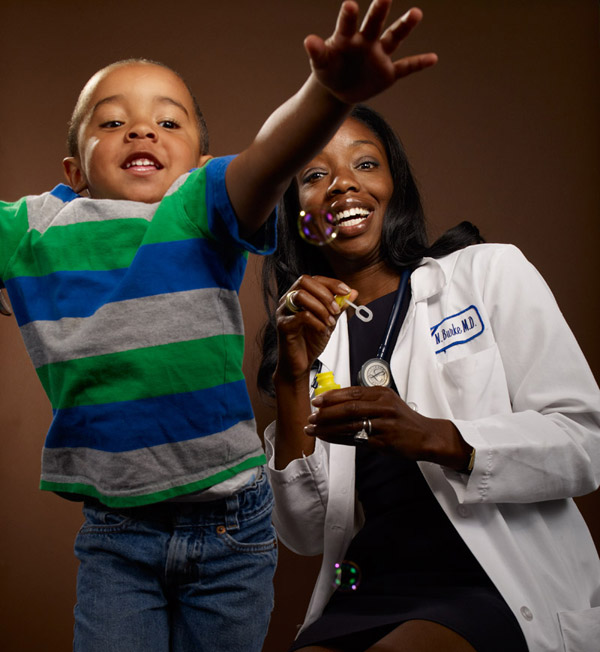
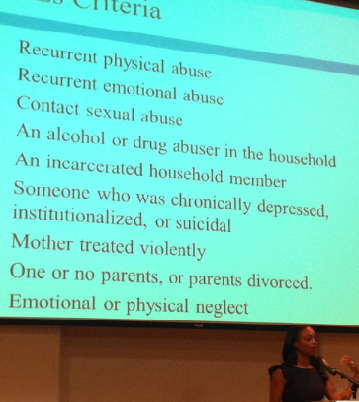
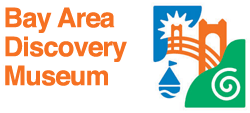









I was privileged to watch a you tube video of Dr Nadine Burke Harris and it was incredibly useful, vital information that she was imparting about children who have experienced Adverse Child Experiences (ACE) and how this impacted on their health in so many ways that I would never have considered or even thought about.
It clearly has far reaching social health implications, since so many people have experienced numerous ACE.s